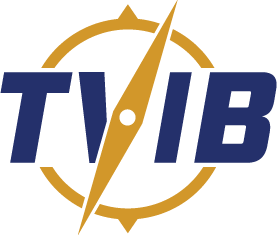SUMMARY: The Towing Safety Advisory Committee will meet via teleconference, to discuss the two current tasks of the Committee. The Committee is expected to receive the final reports from the Subcommittee on Load Line Exemption for River Barges on Lakes Erie and Ontario.
DATE: Meeting: The full Committee will meet by teleconference on Tuesday, March 10, 2020, from 1 p.m. until 3 p.m. Eastern Standard Time.
ADDRESSES: To join the teleconference or to request special accommodations, contact the individual listed in the FOR FURTHER INFORMATION CONTACT section no later than 1 p.m. on March 3, 2020, to obtain the needed information. The number of teleconference lines is limited and will be available on a first-come, first-served basis.
INSTRUCTIONS: You are free to submit comments at any time, including orally at the teleconference, but if you want Committee members to review your comments before the teleconference, please submit your comments no later than March 3, 2020.
AGENDA: The agenda for the March 10, 2020, teleconference meeting is as follows:
1-Final report from the Subcommittee on “Recommendations on Load Line Exemption for River Barges on Lakes Erie and Ontario (Task 17-02)”
2-Additional tasking for the Subcommittee working on “Recommendations on the Implementation of 46 Code of Federal Regulations Subchapter M—Inspection of Towing Vessels (Task 16-01)”
3-Update on the National Towing Safety Advisory Committee and the December 4, 2020 termination date for the Towing Safety Advisory Committee.
4-Public Comment period.
A copy of all meeting documentation will be available at https://www.dco.uscg.mil/Our-Organization/Assistant-Commandant-for-Prevention-Policy-CG-5P/Commercial-Regulations-standards-CG-5PS/Office-of-Operating-and-Environmental-Standards/vfos/TSAC/.
During the March 10, 2020 teleconference, a public comment period will be held from approximately 2:45 p.m. to 3 p.m. Speakers are requested to limit their comments to 3 minutes. Please note that this public comment period may start before 2:45 p.m. if all other agenda items have been covered and may end before 3 p.m. if all of those wishing to comment have done so.
FOR FURTHER INFORMATION CONTACT: Mr. Matthew D. Layman, Alternate Designated Federal Officer of the Towing Safety Advisory Committee, 2703 Martin Luther King Jr. Ave. SE, Stop 7509, Washington, DC 20593-7509, telephone 202-372-1421, fax 202-372-8382 or Matthew.D.Layman@uscg.mil.
Click here to review the full Federal Register Notice.
